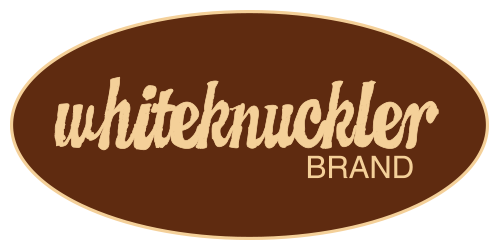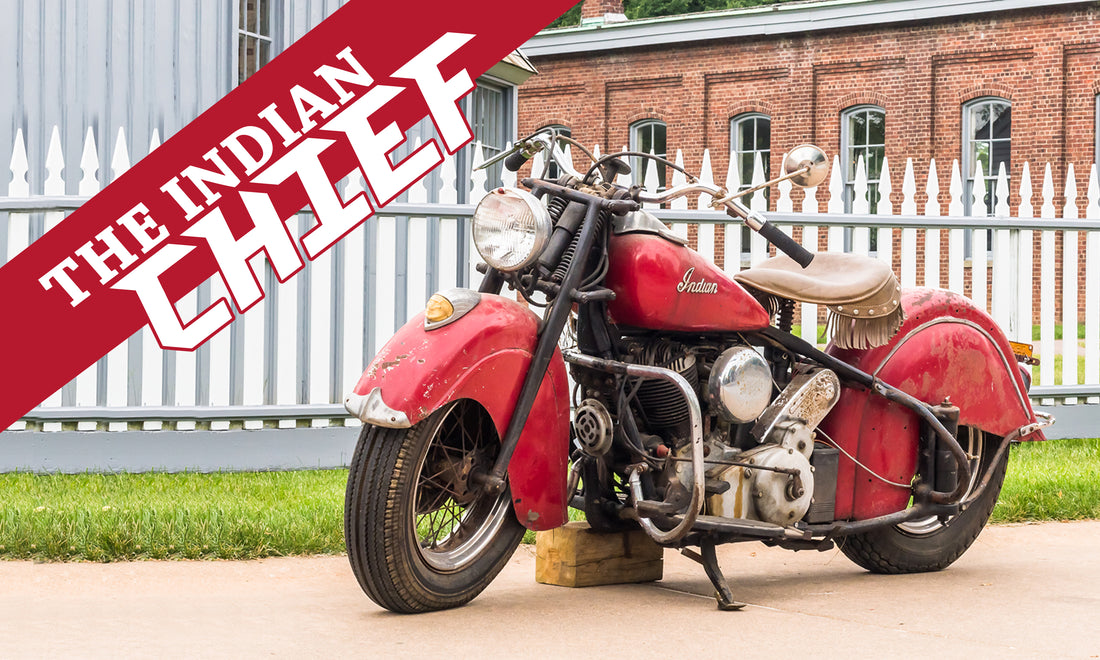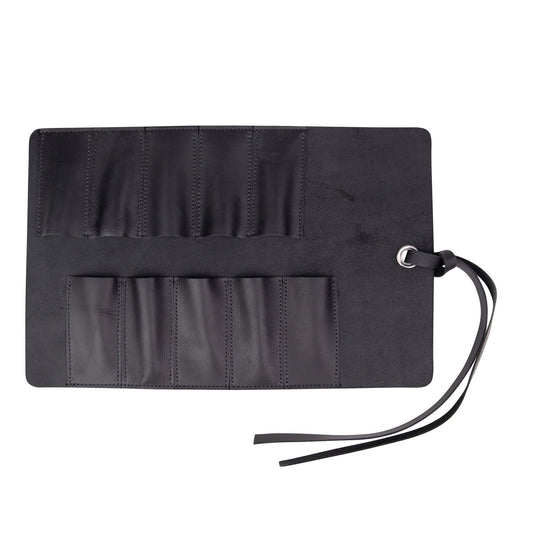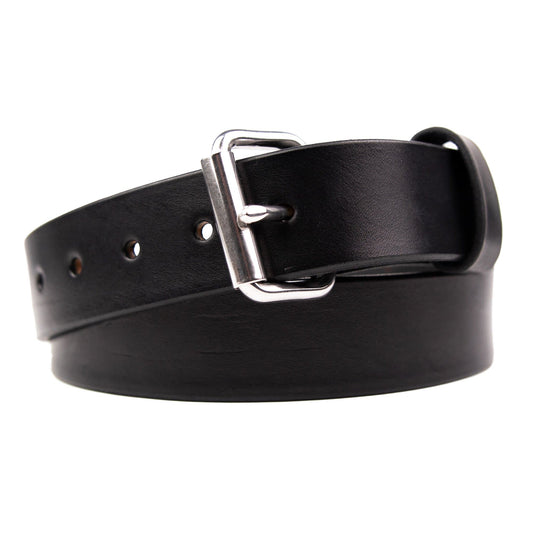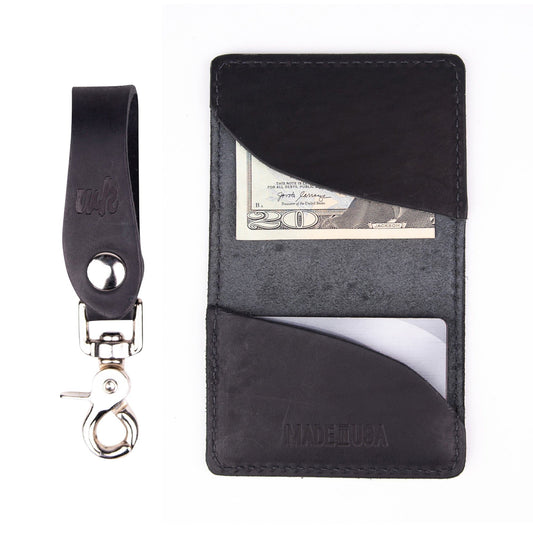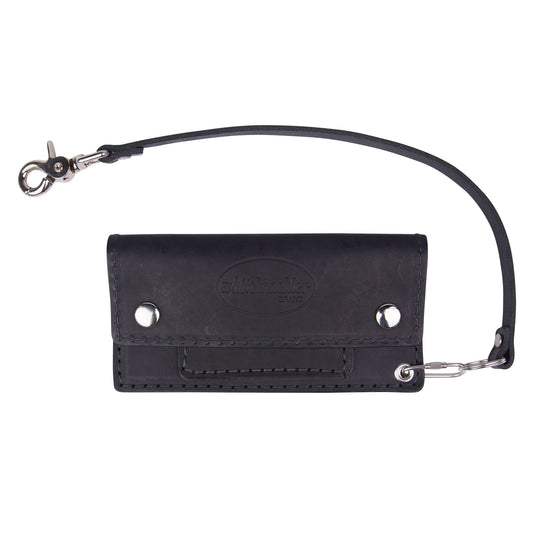There's nothing quite like the look, feel, and sound of a proper Indian Chief motorcycle.
Although the company has been effectively defunct since 1953, the legacy of the Indian Chief motorcycle has reached legendary status amongst today's riders. Founded by George M. Hendee in 1897, Indian Motorcycle Co. originally produced bicycles with fantastic names like Silver King and Silver Queen. Eventually, they would go on to produce a series of motorcycles with a deep spirit of racing coursing through every single machine and an iconic style that still endures today.

Among the most famous of all the Indian models was a big cruiser named the Indian Chief. This 1000+ CC masterpiece of American ingenuity and technology is instantly recognizable to anyone who loves the sound of a V-Twin and it’s still sold today with many of the stying cues that made it so iconic.
So, how did the Indian Chief come into existence? Read on to find out more.
Where It All Began

George M. Hendee was always a wrencher, racer, and gearhead at heart. His early years were spent mastering and racing bicycles all over the Northeastern part of America and in 1897, he took this expertise and began to manufacture bicycles. Joined by his friend Oscar Hedstrom in 1901, they turn their attention to producing a powered bicycle and within a year, the pair had produced a motorcycle with a 1.75 horsepower single-cylinder engine. It was an absolute hit.
By 1902, several prototypes had been built and then now-iconic diamond frame motorcycles began to roll off the assembly line in Springfield, Massachusetts. These uniquely designed motorcycles are wrapped in art deco, streamlined styling, and chain drives for optimum performance. By 1905, Oscar Hedstrom was already setting world speed records on Indian motorcycles. The first record was a blistering run of 56 miles an hour, which was incredibly fast for the time. Hedstrom would also produce and mix the deep red that would go on to become a central part of the Indian brand.

While the frames were produced by Indian, the motors in these early bikes were produced by a company named the Aurora firm out of Illinois. After 1907, Indian began manufacturing its own engines.
Early on, Indian saw incredible success in the competitive world of motorcycle racing and record-breaking. Irwin Baker, whose nickname was “Cannonball”, set a world speed record by traveling from San Diego to New York on an Indian bike in 11 and 1/2 days, way back in 1914. In 1911, Indian riders Oliver Godfrey Franklin and Morehouse finished first second, and third at the Isle of Man TT race. For an American firm, this was an incredible feat and it led to continued interest in the brand.
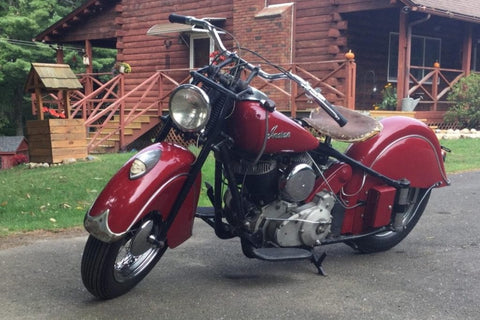
The now famous 1000 CC “Powerplus” engine would begin to find its way into Indian motorcycles around 1916. Once the US entered World War 1, Indian sold off most of their Powerplus motorcycles throughout 1917 and 1918 to the federal government for usage in the war. This business decision would eventually kill the Indian brand in 1952 because they never really recovered from the lack of dealership support.
Due to internal disputes, both Hendee and Holdstrom would leave the company by 1916, and the name was changed from Indian Motorcycle Company to Indian "Motocycle" Company after a long court dispute.
Big Chief Development

Envisioned as a replacement for the very successful Powerplus line, Indian began to develop the Chief for a 1922 debut. Designed by the celebrated motorcycle designer Charles Franklin, the Indian Chief was designed to be a range topper that had ample power and the ability to cruise over a long distance.
The chief retained features that were made famous by Franklin's original motorcycle design, the Indian Scout. Features like a gearbox that was directly bolted to the engine casings and driven by the gear train set Indian bikes apart from the rest. Originally, the chief had a 1000 cc displacement, much like the Powerplus and Standard that had preceded it, and there was no rear suspension on the original Chief either.

Another model known as The Big Chief would debut in 1923, which pushed displacement to 1200 CC and was designed to carry a sidecar with ease. For those that have gasoline flowing through their veins, the obvious choice was to ditch the sidecar and ride the Big Chief solo with its honking engine and this is exactly what people did! In 1928, the smaller engine Chief was completely discontinued.
The Big Chief, now the only Chief sold, would go on a relatively unchanged all the way up until 1940. Only then did Indian finally add a plunger rear suspension to this bike to compliment the trailing link fork in the front. In 1940, all models were fitted with the now infamous skirted fenders that would become the Indian trademark. Chief motorcycles of this era were exceedingly comfortable, powerful, and could be tuned to run over 100 mph with ease.

Front suspension upgrades wouldn't come until 1946 when the trailing fork was changed to a girder fork, and then again in 1950 with the addition of a telescopic fork. 1950 would also see another bump of displacement to 1300 CC to complement the revised fork. Almost every one of these upgrades was in direct response to something that Harley-Davidson was doing at the same time.
One of the biggest customers for Indian during the years of World War II was the United States government, which purchased the Chief for usage in Europe. Known as a 340-B, Indian would sell 3000 to the United States military and over 5,000 to France in 1940. Through Lend-Lease, the British also took in a ton of Indian motorcycles to use on the front. Many of these bikes were confiscated and repurposed by the Germans, who invaded France in 1940.

The Chief was the only bike produced after World War II and due to terrible business decisions, all Indian production would cease in 1953.
Legacy & Today

As a brand, Indian would see a positively staggering number of acquisitions and sell-offs.
Once the company was liquidated in 1953, a company by the name of Brockhouse Engineering acquired all rights to the Indian name. They would eventually start importing British Royal Enfield motorcycles and rebadge them as Indian motorcycles from 1955 to 1960. There were 10 Royal Enfield duplicates that were sold as Indians in the United States, and among them was the Chief.

Over the next 50 plus years, Indian would go through seven separate acquisitions, including two sets of bankruptcy and countless court cases over the ownership of the Indian name. In 2006, the freshly formed Indian Motorcycle Company began producing motorcycles again in Kings Mountain, North Carolina. Once 2011 rolled around, Indian Motorcycle company was bought by parent company Polaris Industries.
Today the chief name is still alive as the Chief Vintage and rolls off the line in Iowa with many of the styling cues that were penned back when this iconic motorcycle was originally conceived. Through this insane history, the Indian Chief name still survives because of the iconic design that set hearts of flutter, way back when times were a lot more simple. Plus, that V-Twin is a masterpiece and the whole package just exudes old-school cool.
Our need for nostalgia is deep there's no doubt that the Indian brand will continue to soldier on and tug at the heart strings of motorcycle enthusiasts everywhere for the next hundred years.
